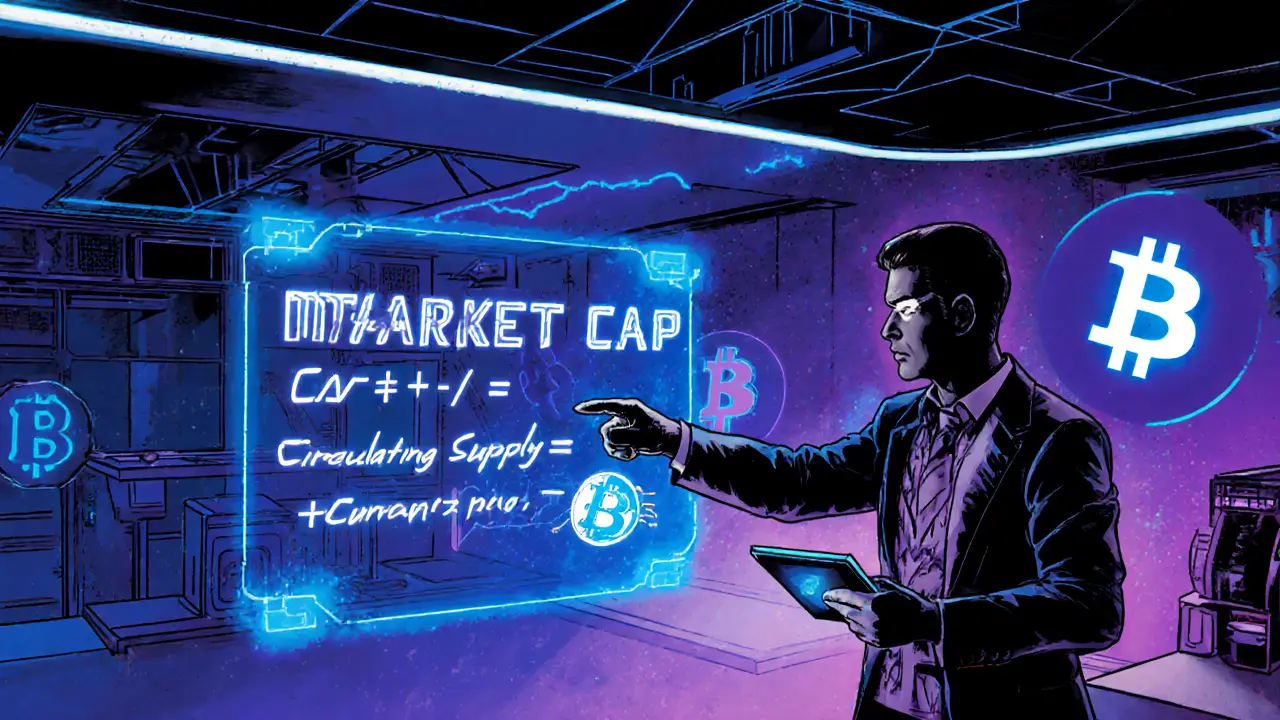Market Capitalization in Crypto – What It Means and Why It Matters
When talking about market capitalization, the total value of all circulating units of a digital asset, calculated by multiplying its current price by the number of tokens in circulation, you’re looking at the most common yardstick for size in the crypto world. It shows up on every price tracker, informs ranking lists, and shapes how investors judge a project's relevance. In short, market cap is the dollar (or euro, etc.) snapshot of a token’s economic weight at any given moment.
Key Factors That Shape a Coin’s Market Cap
One major driver is cryptocurrency, a digital or virtual asset using cryptography for security and operating on a blockchain. A cryptocurrency’s price swings, and the amount of supply released, both feed directly into the market cap equation. Another essential element is the token, any unit of value issued on a blockchain, often representing a stake, utility, or governance right. Tokens can have fixed or inflationary supplies, and those mechanics affect how the market cap evolves over time. Finally, the exchange, a platform where users buy, sell, or trade digital assets plays a role because price data from major exchanges feeds the calculators that publish market cap numbers. Together, these entities form a loop: cryptocurrency price drives token valuation, which feeds exchange listings, which in turn influence market cap visibility.
Beyond the basics, DeFi, decentralized finance protocols that provide lending, borrowing, and yield services without intermediaries leverages market cap to allocate liquidity and set collateral thresholds. A high‑cap DeFi token often attracts larger pools of capital, enabling more robust lending markets and lower borrowing rates. On the flip side, smaller caps can signal higher risk but also higher potential returns for early adopters. Understanding how market cap interacts with DeFi mechanics helps traders spot opportunities where the market may be undervaluing a protocol’s utility.
Regulatory outlook also nudges market cap figures. When a jurisdiction clarifies rules around crypto, assets with strong compliance records may see their market caps rise as institutional investors feel safer. Conversely, sudden bans or legal uncertainties can cause rapid drops. By tracking market cap alongside news about crypto regulations, you get a clearer picture of why certain tokens surge while others stall. This connection illustrates that market cap isn’t just a static number—it reflects a complex mix of technology, community sentiment, and external policy forces.
All these pieces—cryptocurrency price dynamics, token supply models, exchange data feeds, DeFi utility, and regulatory climate—combine to give market capitalization its real meaning. Below you’ll find a curated set of articles that break down each of these angles in plain language, from airdrop guides that affect token supply to exchange reviews that influence price discovery. Dive in to see how market cap shapes the crypto landscape and how you can use it to make smarter decisions.




